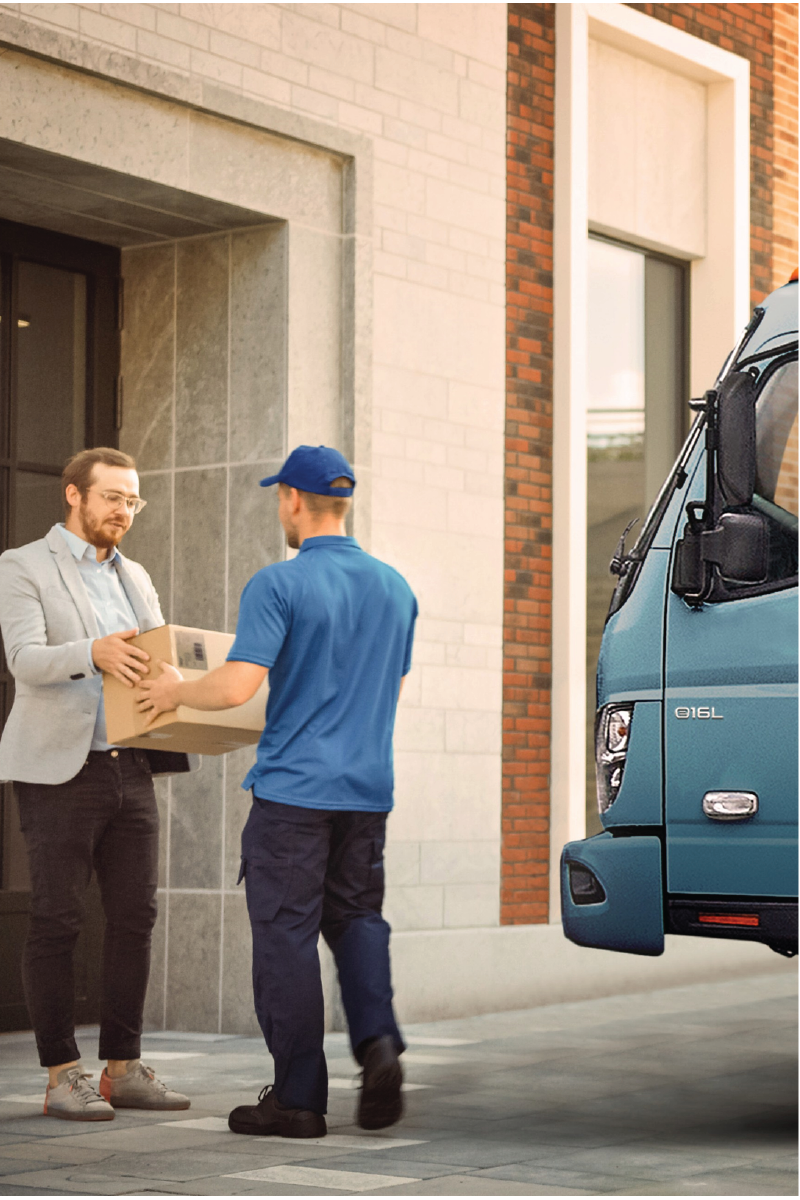Fleet owners who are hesitant to switch to zero-emission vehicles might have another reason to reconsider: customers want more sustainable shipping options.
Furthermore, many are willing to pay extra for environmentally friendlier options.
Three elements are commonly listed as drivers of sustainable shipping: regulations, financing, and customer and stakeholder demand.
The survey results are in
A survey conducted among 500 participants by Sifted, a software as a service (SaaS) provider, found that 91% wanted an “eco-friendly shipping option” when engaging in online shopping. Furthermore, 57% were willing to pay an extra 10% or more for eco-friendly shipping and packaging.
Surprisingly, 84% of participants who placed a moderate or high importance on shipping speed were willing to wait an extra day to receive products provided they were shipped sustainably.
RIZON conducted its own survey and found that 43% of respondents would be willing to “pay more for a zero-emission delivery option.”
E-commerce boom requires sustainable shipping options
This matters in an era where E-commerce is exploding. More orders mean more deliveries, hence more trucks on city streets and greater traffic congestion and therefore, carbon emissions.
The World Economic Forum estimates a 36% rise in the number of delivery vehicles in the largest 100 cities globally by 2030.
E-commerce market growth in the U.S. is forecasted to increase continuously through 2028 reaching $1.3 trillion, making sustainable deliveries a pressing topic.
While customer desire for sustainable shipping options is growing, many online businesses aren’t keeping pace with the demand.
The demand for sustainable shipping isn’t being met
In an experiment, experience management platform ParcelLab placed orders with 50 direct-to-customer brand products and had them delivered to the same location for comparison. Importantly, they found that only 6% of these brands offered a carbon-neutral delivery option.
Influential consumer bases are becoming younger and increasingly aligning their purchasing power with sustainable options. Yet many brands fail to differentiate themselves in this regard.
Last-mile delivery to the rescue
Last-mile delivery providers are well situated to fill the gap by offering retail outlets sustainable deliveries.
Commercial electric vehicles are more accessible than ever through direct purchase or leasing programs. Depending on the region, there may be applicable incentives.
California for one, provides HVIP funding that attaches an immediate discount at the point of purchase to qualifying zero-emission commercial vehicles.
To support leasing for small fleets, businesses, and non-profits, the state also has a special Innovative Small e-Fleet program (ISEF).
EVs can meet last-mile delivery needs
However, beyond funding and accessibility, the nature and distance of last-mile delivery routes are an excellent match for electric trucks.
Aggregate data collected by the California Air Resources Board found that a majority of commercial vehicles in urban routes drive fewer than 100 miles per day. Moreover, 62% of respondents to a RIZON LinkedIn survey reported driving less than 80 miles per day.
Routes are typically within reasonable proximity to distribution centers, and the range of commercial electric trucks is sufficient to accommodate last-mile delivery service.
RIZON’s e16L can travel between 115-160 miles when fully charged, while our e18L’s range is 110-155 miles, followed by our e16M and e18M with a range between 70-110 miles.
How to start electrifying your fleet
Many commercial vehicles have predictable and repeatable routes, which make them great candidates for electrification.
However, knowing how to begin the electrification process can be tricky.
Regardless of fleet size and organization type, there are good starting points.
Smaller fleets may feel more comfortable utilizing a Transportation-as-a-service (TaaS) provider, which allows customers to lease electric vehicles at different rates including per mile or even per route. Packages can be comprehensive and include the vehicle, requisite charging infrastructure, installation, and maintenance.
In this case, ISEF funding is available in California to assist with the transition.
Larger fleet operators may be more comfortable reaching out to an authorized RIZON dealer for direct consultation, where HVIP incentives can be attached to any direct purchase.
For ideas on a good starting point for beginning the transition to electric, check out our fleet electrification guide for businesses.
Demonstrating a commitment
Fleet electrification, beyond meeting regulation requirements, is an excellent way for an organization to demonstrate a commitment to the well-being of customers who are demanding sustainable deliveries.
For more information about how to electrify your fleet, check out our guide.

